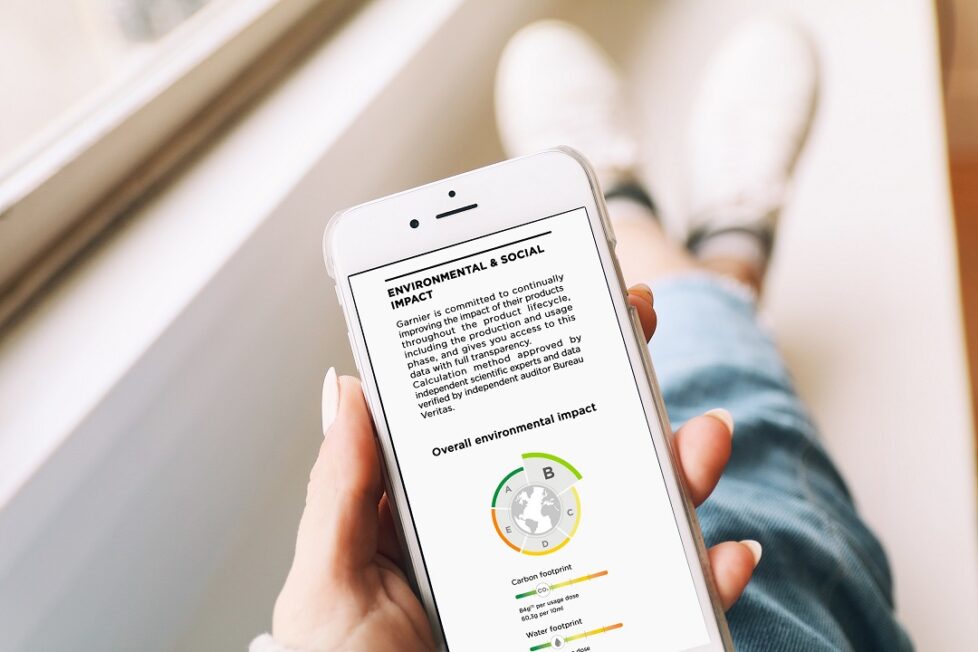L’Oreal Introduces Impact Labelling System for Products in U.S.

Leading beauty company L’Oreal announced today the introduction of its Product Impact Labeling in the U.S., providing consumers with information on the environmentalEnvironmental criteria consider how a company performs as a steward of nature. More impact of products, based on a broad variety of environmentalEnvironmental criteria consider how a company performs as a steward of nature. More factors across the product lifecycle.
The impact labelling system is being rolled out alongside the results of a new survey of 2,000 American adults conducted by L’Oreal USA in partnership with Morning Consult, revealing that most respondents expect to find information about sustainability-related factors on company websites, and nearly believe they have become more sustainable in the past year.
According to L’Oreal Chief Sustainability Officer for North America, Marissa Pagnani McGowan, the system forms a core component of the company’s sustainability program, “L’Oréal for the future,” with the U.S. rollout having “the power to help change consumer behavior and, therefore, accelerate the beauty industry’s progress toward greater sustainability.”
Pagnani McGowan added:
“This comes at a time when sustainability is increasingly becoming a focus for more American consumers. Using principles of environmentalEnvironmental criteria consider how a company performs as a steward of nature. More science, this tool will empower consumers, support more informed purchasing decisions and foster a culture of greater brand transparency.”
First launched in France in 2020, the Product Impact Labelling system examines 14 planetary impact factors, ranging from greenhouse gas emissions, and water scarcity, to ocean acidification, and impact on biodiversity, across the product lifecycle from ingredients to packaging, manufacturing process, transport and ultimately use and disposal. Products are assigned a score from A (best in class) to E.
For cosmetics, carbon and water footprints are typically the most important environmentalEnvironmental criteria consider how a company performs as a steward of nature. More factors. In addition to communicating the overall environmentalEnvironmental criteria consider how a company performs as a steward of nature. More score, the company also provides detailed carbon and water footprint information.
The labelling system is first available on L’Oreal’s Garnier’s haircare products, and will be progressively rolled out across the company’s brand portfolio including Kiehl’s, L’Oréal Paris, Redken and CeraVe.
The company said that the system was co-developed with 11 international and independent experts, with the methodology and data accuracy verified by independent auditor Bureau Veritas, and the methodology aligning with the European Commission’s Product EnvironmentalEnvironmental criteria consider how a company performs as a steward of nature. More Performance recommendations.
Sanford Browne, President, Research & Innovation for North America at L’Oreal, said:
“By 2030, our goal is for 100% of our products to incorporate into their design improvements in formulas, production, packaging and other aspects that help reduce their impact compared to previous generations of products.”
The post L’Oreal Introduces Impact Labelling System for Products in U.S. appeared first on ESG Today.